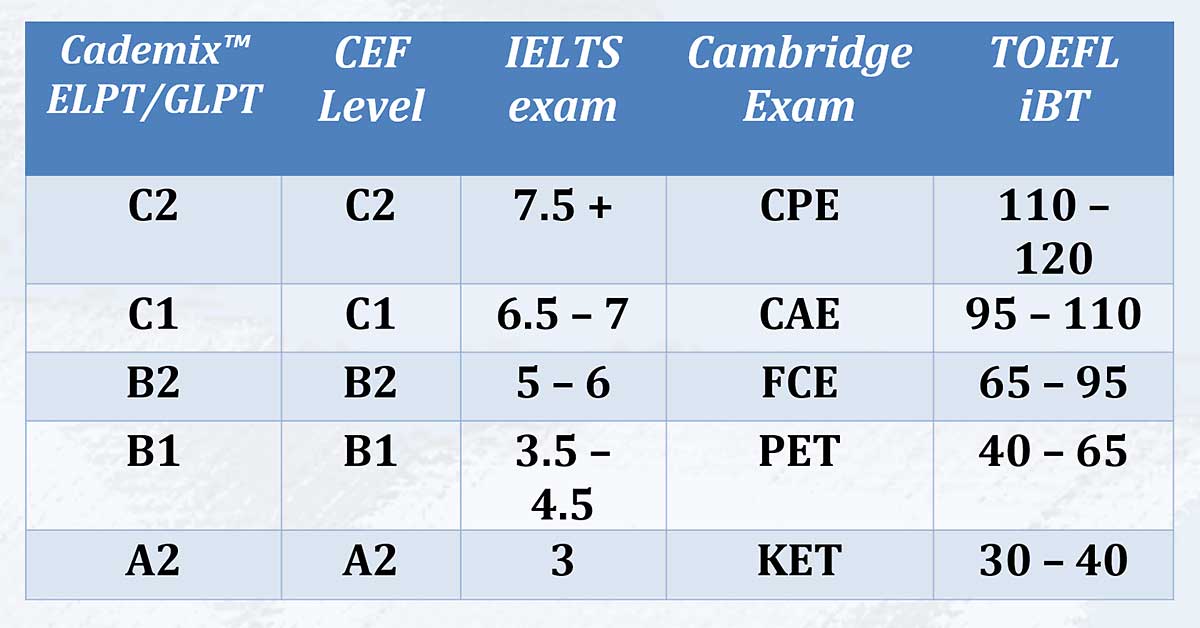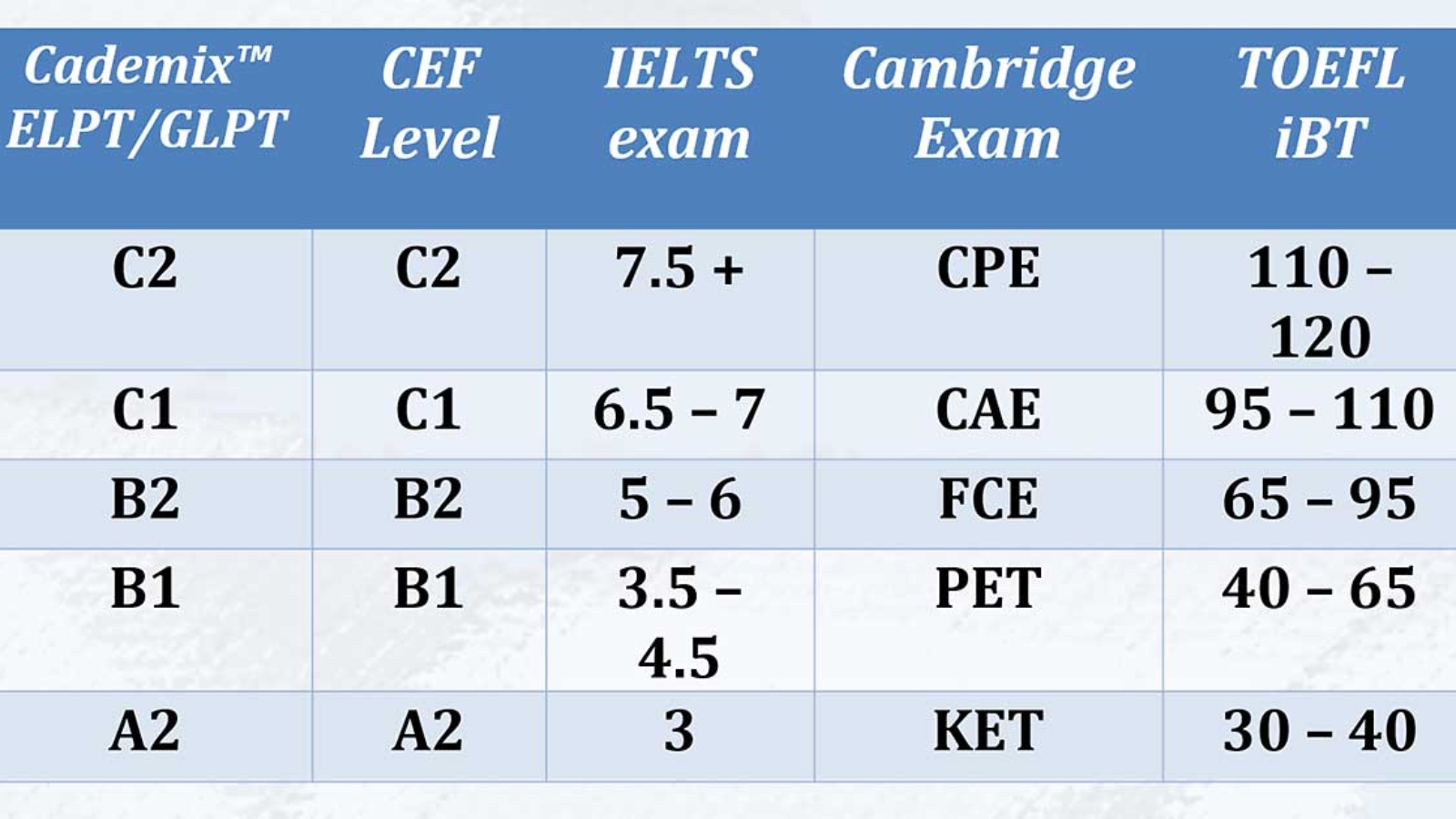Explore the key differences of European CEF vs. IELTS and TOEFL language proficiency tests, including their advantages, focus areas, and recognition in European organizations. This article breaks down complex concepts into simple, easy-to-understand terms and helps you make informed decisions about your language test options.
Introduction to CEF
A. Background on European CEF vs. IELTS
When considering language proficiency tests, many people outside the European Union focus on IELTS. However, the European CEF (Common European Framework of Reference for Languages) is another important assessment framework. The CEF is widely accepted across the European Union and is often preferred by European organizations. In this section, we’ll dive into the background of the European CEF and how it compares to IELTS.
The CEF was developed to provide a standardized method for assessing and teaching language skills. It covers not only English but also other European languages. This framework enables a more comprehensive understanding of a person’s language abilities compared to IELTS, which focuses solely on English proficiency.

B. Levels A1 to C2
The European CEF consists of six levels, ranging from A1 to C2. These levels are further divided into three groups: Basic User (A1-A2), Independent User (B1-B2), and Proficient User (C1-C2). This categorization allows for a more precise evaluation of language skills compared to the numerical scores provided by IELTS.
Level A1 is the beginner stage, where a person can understand and use basic phrases. As one progresses to C2, they become highly proficient and can communicate effortlessly in any situation. Understanding these levels is crucial for those seeking education or employment in Europe, as organizations may require specific CEF levels to meet their language requirements.
C. Detailed Description of CEF Levels
- Level A1 – Breakthrough or Beginner
At this level, learners can understand and use basic expressions and phrases. They can introduce themselves and answer simple questions about personal details. Communication is limited to basic needs and familiar situations, with a heavy reliance on gestures and repetition.
- Level A2 – Waystage or Elementary
At A2, learners can understand and communicate in simple, routine situations. They can exchange information about familiar topics and use basic phrases to describe their background, immediate environment, and immediate needs. They can also engage in short social exchanges but may struggle with complex language structures.
- Level B1 – Threshold or Intermediate
B1 level learners can understand and communicate in familiar situations that require the exchange of information on routine matters. They can describe experiences, events, dreams, and ambitions, as well as give reasons and explanations for opinions and plans. Their vocabulary is sufficient for most situations but may require some effort to convey complex ideas.
- Level B2 – Vantage or Upper-Intermediate
At B2, learners can interact with native speakers without much strain on either party. They can understand the main ideas of complex texts on concrete and abstract topics, as well as technical discussions in their field. They can express themselves clearly and in detail on a wide range of subjects and explain their viewpoint on various issues.
- Level C1 – Effective Operational Proficiency or Advanced
C1 level learners can understand a wide range of demanding texts and recognize implicit meaning. They can express themselves fluently and spontaneously without much searching for expressions. They can use language flexibly and effectively for social, academic, and professional purposes. They can also produce clear, well-structured, detailed text on complex subjects, showing controlled use of organizational patterns and connectors.
- Level C2 – Mastery or Proficiency
At the highest level, C2, learners can effortlessly understand everything they read or hear. They can summarize information from various spoken and written sources, reconstructing arguments and accounts in a coherent presentation. They can express themselves spontaneously, fluently, and precisely, differentiating finer shades of meaning even in complex situations.

CEF Advantages
A. Focus on Communication
One of the main advantages of the European CEF vs. IELTS is its focus on communication skills. While IELTS tests language proficiency through listening, reading, writing, and speaking sections, the CEF framework places greater emphasis on the practical use of language in real-life situations. This approach helps learners develop the ability to interact effectively in social, academic, and professional settings.
In CEF assessments, learners are evaluated on their ability to understand and produce language in various contexts, including spoken and written forms. This focus on communication helps to ensure that learners are well-equipped to navigate everyday situations and engage in meaningful interactions with others.
B. Minor Grammar Mistakes
Another advantage of the European CEF over IELTS is its more lenient approach to minor grammatical errors. While IELTS assessments may penalize test-takers for small mistakes in grammar, spelling, and punctuation, the CEF framework is more forgiving. In CEF exams, minor errors that do not hinder communication are often overlooked, allowing learners to focus on conveying their ideas effectively rather than worrying about perfect grammar.
This more flexible approach to language assessment recognizes that communication is the primary goal of language learning. By prioritizing the ability to express oneself clearly and understand others, the CEF framework encourages learners to develop practical language skills that will serve them well in real-world situations, regardless of their grammatical accuracy.

Comparing CEF with IELTS and TOEFL
A. Table of Comparison
To better understand the differences between European CEF, IELTS, and TOEFL, let’s look at a comparison table that highlights the equivalent levels for each test:

Please note that these score ranges are approximate and may vary depending on the specific requirements of educational institutions or employers. For example many of organizations such as Cademix Institute of Technology putting more weight on the practical application of the language, and put less weight on the grammar.
B. European Organizations’ Preference
In Europe, the European CEF framework is widely recognized and accepted, making it the preferred choice for many organizations. IELTS and TOEFL, while globally recognized, may not be as familiar to European institutions, which often prioritize the CEF levels when assessing language proficiency.
The CEF framework, with its emphasis on practical communication skills and flexibility regarding minor grammatical errors, is seen as a more comprehensive and representative measure of language proficiency in Europe. Therefore, when applying for education or employment opportunities in European countries, it is crucial to understand the CEF levels and how they compare to IELTS and TOEFL scores. This understanding will help ensure that you meet the language requirements and improve your chances of success in your chosen field.
Conclusion
A. CEF’s Importance in Europe
In conclusion, the European CEF framework plays a significant role in assessing and teaching language skills across the European Union. Its focus on communication and real-life application makes it an ideal choice for organizations seeking to evaluate language proficiency in various settings. The CEF’s comprehensive approach and wide acceptance in Europe highlight its importance as a language proficiency standard in the region.
When considering language tests for education or employment in Europe, it’s essential to recognize the preference for CEF levels among European organizations. Understanding the CEF framework and its advantages can improve your chances of success when applying for opportunities in European countries.

B. Making Informed Decisions
As you decide on which language test to take, it’s crucial to make informed decisions based on your specific goals and the requirements of the institutions or employers you’re targeting. If your focus is on Europe, it’s vital to understand the European CEF framework and how it compares to IELTS and TOEFL. By familiarizing yourself with the CEF levels and their equivalent scores in other tests, you can better prepare and position yourself for success.
In summary, the European CEF vs. IELTS comparison sheds light on the key differences between these assessment frameworks and their respective advantages. By considering the unique aspects of each test and how they align with your objectives, you can make a more informed choice about the best path for achieving your language proficiency goals.

